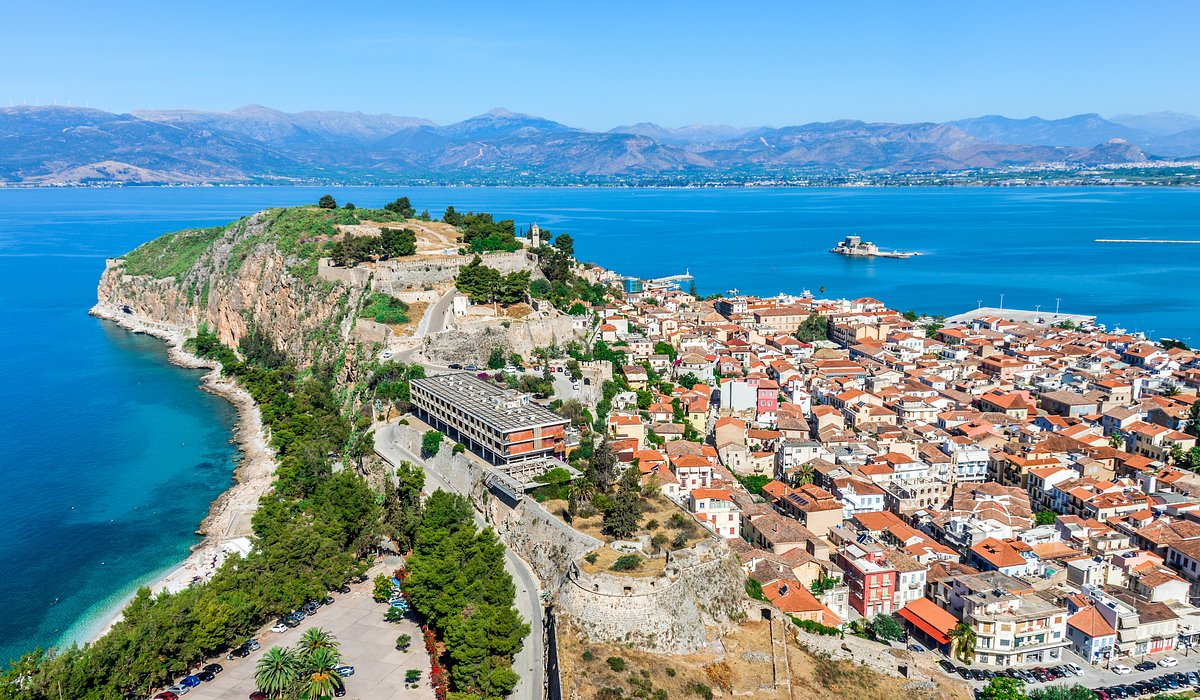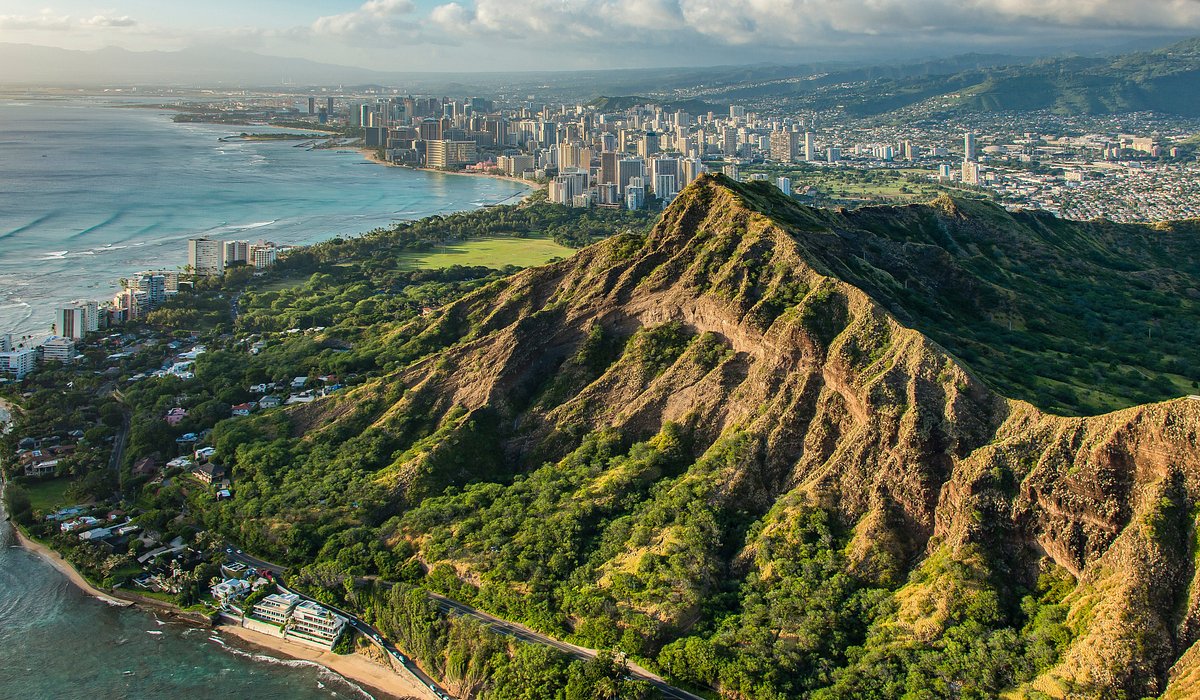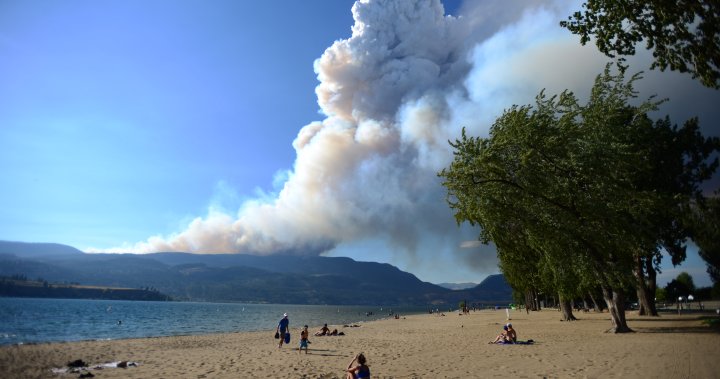Where to find the best fine dining, beachfront seafood spots, bakeries, and more.
Majorca used to get a bad rap—and deservedly so. For years, the largest of Spain’s Balearic Islands was best known as a hotbed of sunburned tourists and heavily inebriated 20-somethings seeking fun in the sun. Chic, local, and natural were words rarely used to describe this Mediterranean island.
This was my image of Majorca when I moved to Barcelona more than 14 years ago. I put off visiting the Balearics due to a misguided notion that they were just for “guiris” (a Spanish word used to describe pale, hapless tourists)—but imagine my surprise when I finally made it to Majorca and found an island brimming with charming medieval villages, Michelin-starred restaurants, and biodynamic wineries. I have since been back more than a dozen times, exploring the island’s tiny farm-to-table restaurants, exclusive boutique hideaways, and everything in between.
Here are my picks for the best places to eat in Majorca, from casual tapas bars and ensaïmada bakeries to one of Spain’s most celebrated fine-dining temples.
For a splurge
There was a time not so long ago when Balearic fine dining wasn’t really a thing. Then along came a new generation of young chefs who set about turning dishes like modest Balearic fisherman’s stews into culinary events. Known for his avant-garde reinterpretations of the “historical memory” of Majorcan cuisine, Santi Taura of DINS is not only the island’s most cheerful chef but also one of its most respected gastronomic ambassadors. He’s famous across Spain for his smart and often unorthodox takes on the most classic of Balearic recipes.
What to order: DINS is all about the tasting menu, which consists of 11 courses, plus the option of adding up to an additional four. Dishes cooked by generations of Balearic grandmas—such as stuffed snails or crisp coca bread topped with red mullet and grilled vegetables—are elevated to previously unheard-of levels, but without an ounce of pretentiousness.
Travelers say: “We were lucky enough to reserve a spot at the chef’s counter, where we were able to see firsthand our delicious dishes coming to life. They were incredibly well thought out and presented. The wine flight was a perfect pairing to the dishes. Santi Taura presented each dish and we loved the personal stories that accompanied them.”—@virginiahV6198XS

Image: weekender28/Tripadvisor
Beyond the sprawling beach resorts and neon lights, there’s a sleepier side to Majorca. The central part of the island is mostly devoted to agriculture: wine, olive oil, citrus, almonds, and gourmet sea salt are just some of the products made here. Maria Solivellas of Ca Na Toneta is a pioneer of the slow food movement, having taken over the family restaurant in the village of Caimari and turned it into a reference for what can be done with seasonal, locally sourced, organic produce. The change won her a Michelin Green Star for sustainability at the last Spanish Michelin Gala.
What to order: Always go with the six-course tasting menu. It’s ever-changing but every ingredient tastes like it has just been plucked from under the Majorcan sun (probably because it has). The produce comes from the family farm or a network of small, island-based producers from livestock herders and farmers to fishermen and winemakers. The result is bursting with flavor and color.

Image: Stephen M/Tripadvisor
If spiny sea creatures are your poison, then look no further than Ca’s Patro March, a beachfront shack that hovers perilously over a cove in Deià. TV buffs may recognize this spot from The Night Manager, a series starring Tom Hiddleston and Hugh Laurie that was filmed on the island. This ramshackle wooden structure may not appear to be one of the island’s most legendary eating establishments, but looks can be deceiving—tables are typically released online 10-15 days in advance and book up impossibly fast. (Note: the spot is only open during high season, generally between late March to October.)
What to order: Fish, fish, and more fish. The grilled whole fish of the day is always a winner, as is the mixed seafood platter. Bring cash (and lots of it!) as prices are deceptively high and the card machine tends not to work.
Travelers say: “A lot of the reviews are right about the difficulty to get a reservation, little signage when arriving by road, difficult parking, and climbing up the steps into the restaurant (carved out of the rock), [which] filled me with dread wondering how on earth I was going to get down them again after lunch, BUT IT IS ABSOLUTELY WORTH IT!!! It is a quite unique and wonderful setting, the food is delicious, [with] fresh fish and salads.”—@LizN10
For a casual bite

Image: emanuela m /Tripadvisor
This bakery and ice-cream parlor has been satisfying the cravings of sweet-toothed Majorcans for more than two centuries. The original shop is no longer open, but its classic recipes (including the beloved ensaïmada pastry) can still be sampled at all three of Can Joan de S’Aigo’s current addresses in Palma. The oldest, established in 1977, has been recreated with many of the original shop’s design features from the 1700s.
What to order: Ensaïmadas are a must-try in Majorca. This light, sweet, flaky Majorcan pastry is typically eaten for breakfast or as a mid-morning snack. It can be served plain or with fillings like custard or savory sobrassada sausage. Note to vegans and vegetarians: Some traditional bakeries still make their ensaïmada with pork lard, so even if you order the custard variety, double check before you order.

Image: Icedancer1/Tripadvisor
Pull up a seat at this casual market stall in Santa Catalina market, where you can enjoy the freshest produce at a fraction of what you’d pay at a trendy, Old Town restaurant. Once a working-class district, Santa Catalina has turned into the zip code of choice for well-heeled, primarily Nordic expats. But you’ll find all types of locals at Can Joan Frau, rubbing shoulders over steaming plates of tripe and paella and toasting with $2 glasses of wine.
What to order: The food here is about as rustic as it gets. Try the savory pastries called panades, stuffed with lamb, pork, or veggies, or sopa Mallorquín, a hearty dish that tastes more like a stew than soup and is eaten with a fork.

Image: miezifritzi/Tripadvisor
What would a trip to Spain be without a giant beachfront paella? Luckily, that happens to be the specialty of this gorgeous little chiringuito (that’s Spanish for beach bar). Set on one of northern Majorca’s most idyllic beaches, Playa de Muro—famous for its fine sand and spectacular sunsets—Can Gavella is a little trendier and more upscale than your average plastic-chaired beach joint. The good news is that lunch still won’t cost you an arm and a leg. (Note: the restaurant is only open during Majorca’s high season, from April to October.)
What to order: People come here for the seafood paella with squid, crab claws, prawns, langoustines, clams, and mussels. This is also a great place to sample fideuà, a Catalan take on the classic paella made with short, toasted vermicelli noodles instead of rice.
Travelers say: “Our favorite restaurant in Mallorca! Maybe anywhere! Amazing food, awesome staff and great location on the beach! The paella is the best we’ve had! Chipirones, fried shrimp, and fresh fish is spot on. [It was our] second visit this holiday. We booked both visits as soon as we booked our hols.”—@CosC195




